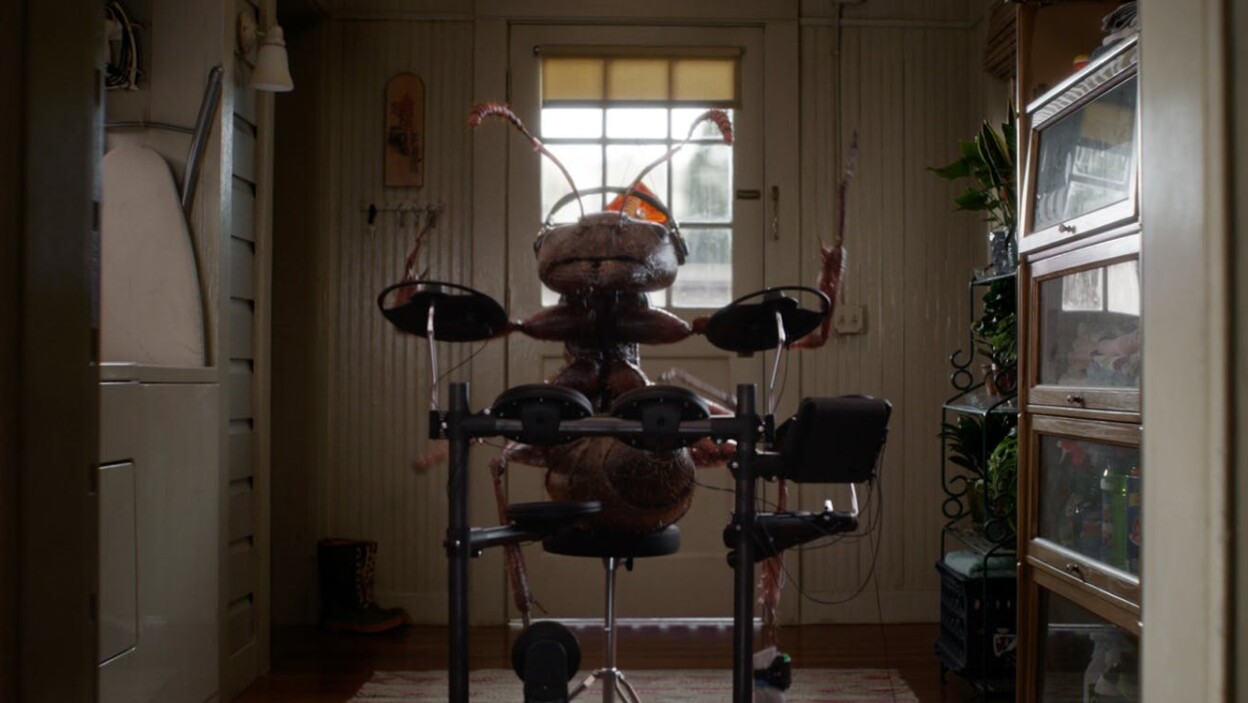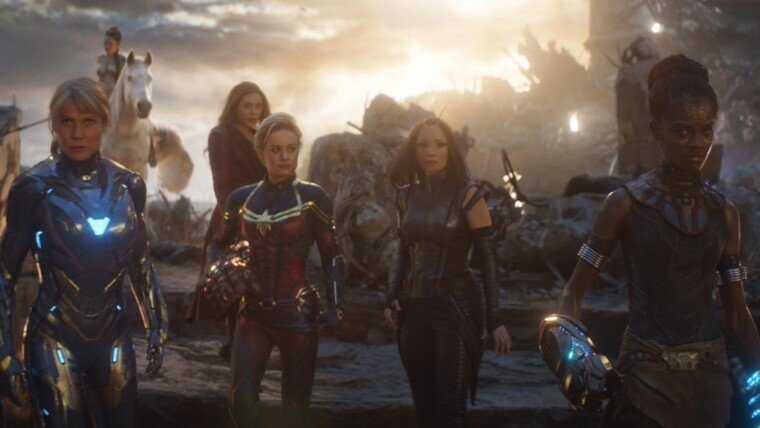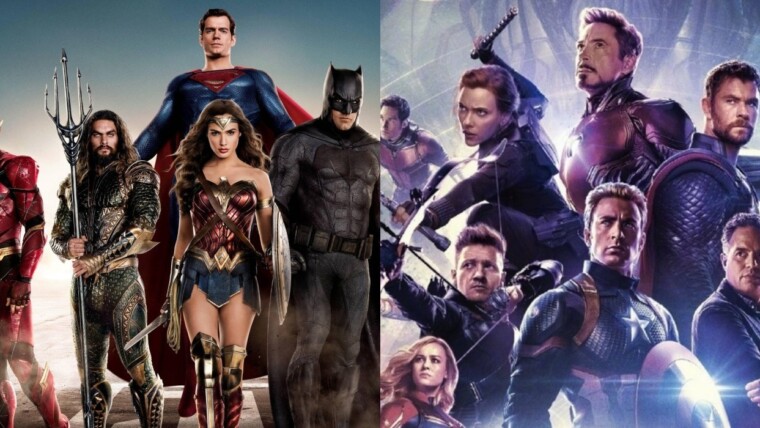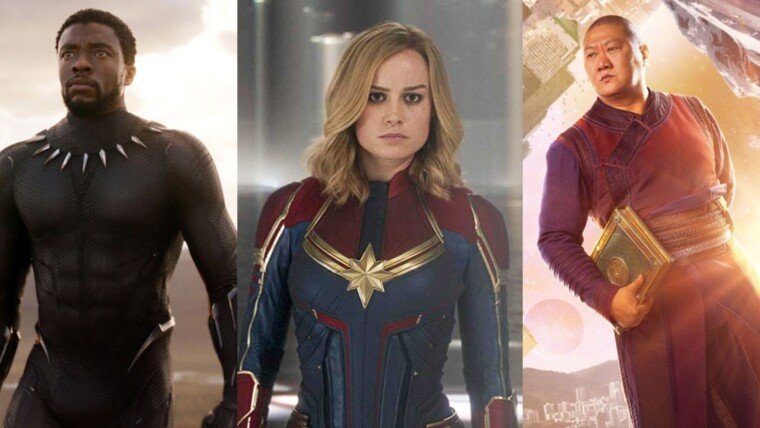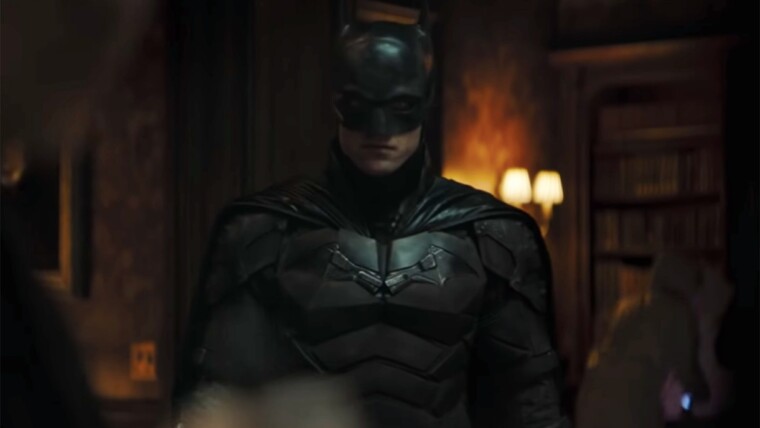This article contains spoilers from Ant-Man and The Wasp.
Click here to read out SPOILER-FREE review.
Disney’s Marvel Cinematic Universe for the last ten years has displayed an almost Darwinian affinity for adaptation and evolution, constantly changing and developing new features to its already leviathan-size body of work. Through years of fine-tuning and natural selection, it has learned to change if not forgo its less than profitable aspects, most notably seen in the shift of tone between Thor: The Dark World and Thor: Ragnarok, while exploring new ways to diversify its catalogue of creative assets. Some of these more successful risks include Doctor Strange, Black Panther and the Guardians of the Galaxy series.
One thing that has always fascinated me about this franchise is its unique approach to comedy, primarily in the Peyton Reed’s Ant-Man series. Upon my first viewing of Ant-Man, I found myself unconvinced that it was indeed a comic book film. This was no Guardians of the Galaxy that can be more aptly categorized as a space opera action film first with secondary comedic elements. For the most part, GOTG leaned more towards its cosmic roots in trying to tell an epic albeit light-hearted space adventure.

Reed’s series, however, placed a heavier emphasis on the comedic elements of the film in lieu of the standard superhero affair or heist film elements. Recently, I had the chance to go check out Ant-Man and the Wasp and this time around, I noticed that the film was different and yet very much similar to the first film. It felt a lot more of an action-packed version of Honey, I Shrunk the Kids than the Ocean’s 11-esque premise of the previous film.
In spite of this dramatic shift in style, I found that the film was still very much in the vein of the first film and that’s when I realized something. These films aren’t just comic book films with a greater frequency of comic relief, they’re actually comedies! The reason why Reed could make such a seamless transition between sub-genres is that he understands that his Ant-Man films are comedies first and action hero, heist or sci-fi adventure film second. That being said, we’re going to put Reed’s Ant-Man film series under the microscope and take an in-depth look into the various comedic styles his films have employed. So grab your shrink suit and prime your funny bone, cause we’re gonna take a look at how this tiny film series scores big laughs.
Cutting the climax

Before we take a look into comedic styles more specific to the Ant-Man series, let’s examine the common strain of comedy in the MCU that we’ve come to know, love and at times roll our eyes at: bathos. Coined by 18th Century writer Alexander Pope, bathos is a term used to describe sudden shifts from the serious and grand to the silly and absurd. This sudden whiplash serves as a sort of a humorous anticlimax, to play down the gravity of a dire situation or a meaningful moment with a sort of break in the scene.
The MCU is no stranger to using bathos as a source of comic relief. Some of the more obvious examples include Thor cutting the fire giant Surtur’s speech short as he goofily swings around on his chain or when Quill distracts an Infinity Stone powered Ronan midway his wrathful judgment over Xandar by way of…a dance-off. Even with the grander and more grounded MCU films like Black Panther, bathos is still used to lighten the mood when M’Baku rudely interrupts a tender and empowering moment when T’Challa’s friends and family rally around him to help him reclaim the throne of Wakanda.

Reed’s Ant-Man series however takes this familiar method of comedy within the MCU and he proceeds to up the ant-e (I promise after this no more ant puns). In past films, bathos has been used sparingly to avoid to derailing the more essential narrative at play. But because Scott’s world is significantly smaller to that of the Avengers’ and the stakes more emotional than world ending, bathos is played up a lot more here due to the nature of the film’s consistent use of contrast and juxtaposition. This can be seen everywhere in the film between the life-threatening circumstances that Scott finds himself in when he has avoided being stomped at a party to when he completely ruins a moment of tearful reconciliation between Hope and Hank.
Even the villain Cross is subject to comedic incongruity. There’s a scene when he’s finally managed to shrink a living being and while the music swells and the camera closes up on him, all that tension is cut short when he childishly messes with the sheep in the container. This trend is further continued in Ant-Man and the Wasp with scenes like when a federal agent played by Randall Park chattily juxtaposes his duty to keep Scott under check after the events of Civil War with his other job as a cool youth pastor. The clearest example of Reed’s relentless dedication to bathos is depicted by way of the embittered villain Ava dramatically explaining her tragic past only to have Scott’s duck ringtone interrupt her mid-speech. It seems for Reed, cutting the tension short is half of the fun.
Gotta give him PROPS!

Another approach to comedy that’s hard to miss in this series is prop comedy, which derives humour through the intrinsic silliness of ordinary objects used in a funny fashion. Here within the science and premise of the Ant-Man series, we see Reed’s use of prop comedy thrive and grow to its fullest potential. The internal logic of the film permits and even necessitates that the idea of what is normal be challenged and manipulated.
We see Scott use ants in the films almost as a sort of tool for various use, whether as a mode of transport from one location to another or as a weapon of subterfuge to prevent his enemies from reaching their objective. So while there might not necessarily be anything too funny about sexy gnome sculpture, the sudden use of enlargement technology turns it into an object of absurdity. The same way there’s nothing particularly interesting about a salt shaker until Hope expands it and uses it stop a criminal right in his tracks. What’s fascinating about moments like these are how Reed takes the seemingly mundane and makes them so extraordinarily amusing and hilarious.

The joke doesn’t stop with the props being used as static background gags, they work in tandem with the physical humour on screen. Part of Scott learning to become the Ant-Man is learning how to communicate with the ants around him. There is a scene in which he is at first doing well in bonding with ant until he becomes swarmed by them and suddenly erupts from the ground from bug-sized to a full grown adult. Sometimes, the films will have the size-altering technology turn the actors themselves into comedic props!
One of the more memorable instances being in Ant-Man and the Wasp when Hank’s size regulator fails while he’s sneaking around in Cassie’s high school and he has to pose as one of the little kids, notably without a hall pass. At times the films will even weave bathos, physical humour and prop comedy all into one single bit: the Thomas the Tank Engine fight scene. Scott and the insane Yellowjacket are doing some tiny fighting on Cassie’s train set when Jacket is knocked onto the tracks and just as the train is about to crash into him, the shifts perspective into life-size to reveal a lacklustre thud as an anticlimax.
What can I say? The man loves his prop comedy! Very next scene after the film intro in Ant-Man and the Wasp is Scott and Cassie playing with cupboard props and ants, and having a blast while doing it. A not so thinly veiled love letter for the director’s love of the approach.
It’s in the delivery

A big part of comedy is reliant on delivery, you can have the best lines and scripts in the world but if the punchline comes too quickly or lags behind by a hair, you could lose the audience. In the Ant-Man films, quippy dialogue and witty repartee occupy a good chunk of the film, therefore it is essential that the lines be snappy and well-written and that the delivery is on point as well.
For the most part, the actors here competently execute the lines given to them with all the active quirk and charm they can muster. No doubt, Michael Pena’s Luis and his amusing, over-explanatory and somewhat inaccurate storytelling comes to mind. The amount of energy and charisma that the man has to put into that performance should not be undersold. Play up the events too much with a voice that seems too enthusiastic, you might annoy the audience. Play it too deadpan and you may end up boring your audience. Pena manages to find just the right pitch and tone in his delivery that manages to score laughs from the audience.

Beyond one-liners or the casual wisecrack in passing, the film also takes multiple approaches to the way dialogue between characters are set up. The Double Act is a prime example of how the films create character dynamics for comedic effect. In a scene, sketch or bit, the Double Act requires that there be an uneven relationship between the more serious or accomplished player (the straight man) and the sillier or less competent individual (the funny man).
In the first film, we see this dynamic set up quite a number of times. Sometimes, it’s with Scott being the more straightforward foil to his long-winded friend, Luis’ chatty and easily distracted personality. Then when Scott meets Hank Pym, he becomes the uninitiated funny man to Pym’s grumpy, genius level straight man. In the second film, the Double Act becomes more prevalent with a buggy suit ridden Scott and Hope as the high-flying kickass Wasp. In the Ant-Man and the Wasp, we get more moments between the two costumed heroes when they’re bantering about their past experiences or just poking fun at each other.
The Double Act also aids in making a duo and couple more endearing and iconic provided the leads have enough personality and presence to bring the performance to life. Thankfully, they did and it’s certainly solidified the both of them as one of most memorable duos in the MCU. Though not quite Abbott and Costello, I would definitely like to see the both of them as an ensemble piece in future films.
In a world where comic-book films have transcended beyond the action film subgenre, Peyton Reed’s Ant-Man films are a reminder of far they industry has come. The man has managed to carve himself a place within the realm of comic-book comedies. Between the cynical domains of Deadpool 2 and the wacky melancholy of the Guardians of the Galaxy films, is the tiny, fun, family-focused, feel good realm of Ant-Man and friends. A spot well-earned.
Hey you! Yes you, hot stuff. Like my article? Leave a comment below and let me know what you think. Also, don’t forget to share it with your buds.

